Senior Thesis Proposes “Symbiotic Futures”
Managing Arts & Living Editor Mackenzie Dunson ’25 reviews Ayo Eniola ’24’s interdisciplinary senior thesis, “Symbiotic Futures,” an interactive performance that celebrated living in sync with the land.
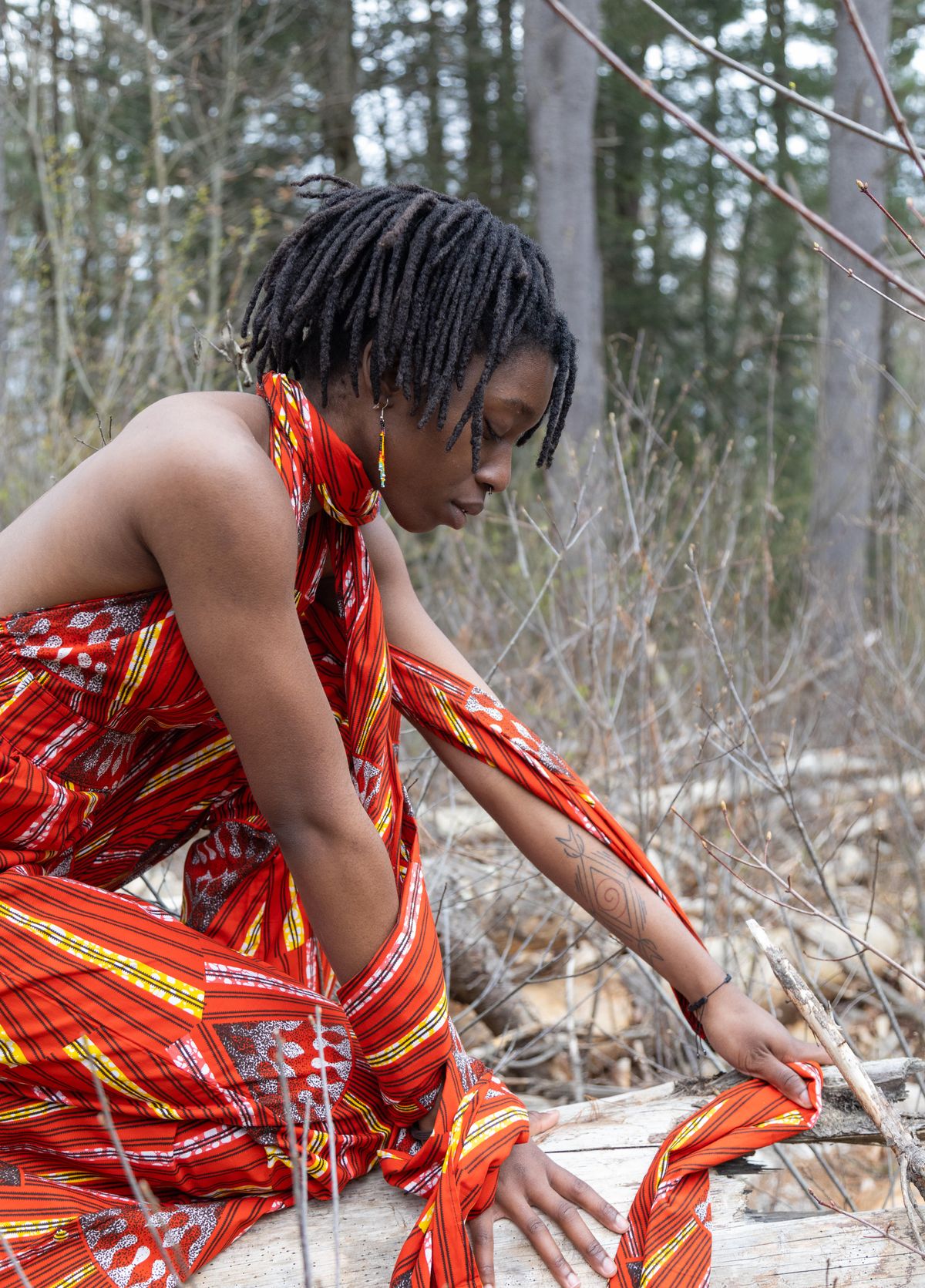
Ayo Eniola ’24’s interdisciplinary senior thesis project, “Symbiotic Futures,” redefined my understanding of what a thesis project is or can be. Debuting on May 4, Eniola states that it functions as an “ode to communities that have been living symbiotically with their environments for centuries.” Uniquely crafted as an experience walking through the forest to the Book and Plow farm, the performance allowed the audience to consider their own relationship with the environment and nature around them.
The experience ran for about an hour, featuring artists from across the Five College Consortium who each embodied one the four elements. Dancers Adetola Makun ’26, Angie Camarena ’25E, Erin Nwachukwu ’20, and Mina Yang ’27 were the water dancers. Jessica Sotindjo (Smith College ’25), Samara “Mere” Ternoir (Hampshire College), and Warren Wang ’27 personified the earth. Kaisar Perry ’26, KC Johnson Erikson, and Kendall Green ’24 filled unique positions in the group as the musician, guide, and photographer, respectively, representing the element of air. Eniola was the sole performer for the element for fire, beautifully dressed in a red costume made from ankara fabric. “All of the costumes were sourced from Nigeria,” Eniola explained. “It was important to invest in costumes and props from BIPOC communities. We could have got costumes from Shein, which would have been cheaper, but buying from BIPOC business aligned with our values.”
When I asked Eniola about their process for choosing the parts for the performers, they explained, “We didn’t have an audition process. I reached out to people that I knew that I loved and had seen dance before. For example, the earth dancers, I chose the three people who, whenever I see them dance, they draw my attention, and I want to see them dance forever.”
Eniola explained that they chose Wang, Ternoir, and Sotindjo because they had all been trained in street dance, giving a heavy, grounded feeling to all of their moves. Choosing the water dancers was also an easy process, they said, noting that “I knew that Ade and Angie were very good with flowy movements.” They added, “I thought the four of them together would be able to create a nice flow because they had good chemistry and energy.” Eniola chose Erikson as the guide because he was versatile.
The performance started at the tennis courts, where Erikson met the audience to guide us through the experience. At first, we walked through the woods not knowing what was going to happen. Although I was focused on not tripping over roots and stray pebbles, I became enveloped in the tranquility of the forest the farther we strayed from campus.
It was in this tranquility that we discovered the first dancer, Sotindjo. She embodied the calmness that the audience was feeling, using slow, extending movements. The same can be said about Ternoir whom we found draped from a tree, representing the object, as her motions mimicked the way branches sway in the wind. The last earth dancer we encountered was Wang, whose sharp motions brought to mind the blunt edges of stone. With the earth dancers blending in with the nature surrounding them, noticing them became an act of paying attention to nature.
We discovered the water dancers next, who stood in a group as they held metal bowls. They led us along the path singing “Water Is Our Life.” This song was important to Eniola, as they had learned it years before at an art installation performance called “Rites of Passage” by Pooja Prema, founder and director of The Ritual Theatre, an experimental ritual-based theater and dance company in Western Massachusetts. The song rose out of a water ceremony and water ritual, exploring womanhood from the perspective of women of color.
We then came into a clearing where Perry emulated the sound of rainwater with a rainstick, an instrument believed to be invented by indigenous inhabitants of South America. The water dancers reacted to the sound, using flowy movements that embodied the element that they intended to convey. Suddenly, Perry switched to playing a cajon, beating out a quick, rhythmic beat. The dancers responded with movement, and Sotinjo, Ternoir, Wang, and Erikson joined the group. This group dance was perhaps the most engaging part of the performance, as it fused multiple forms of dance across the Black diaspora.
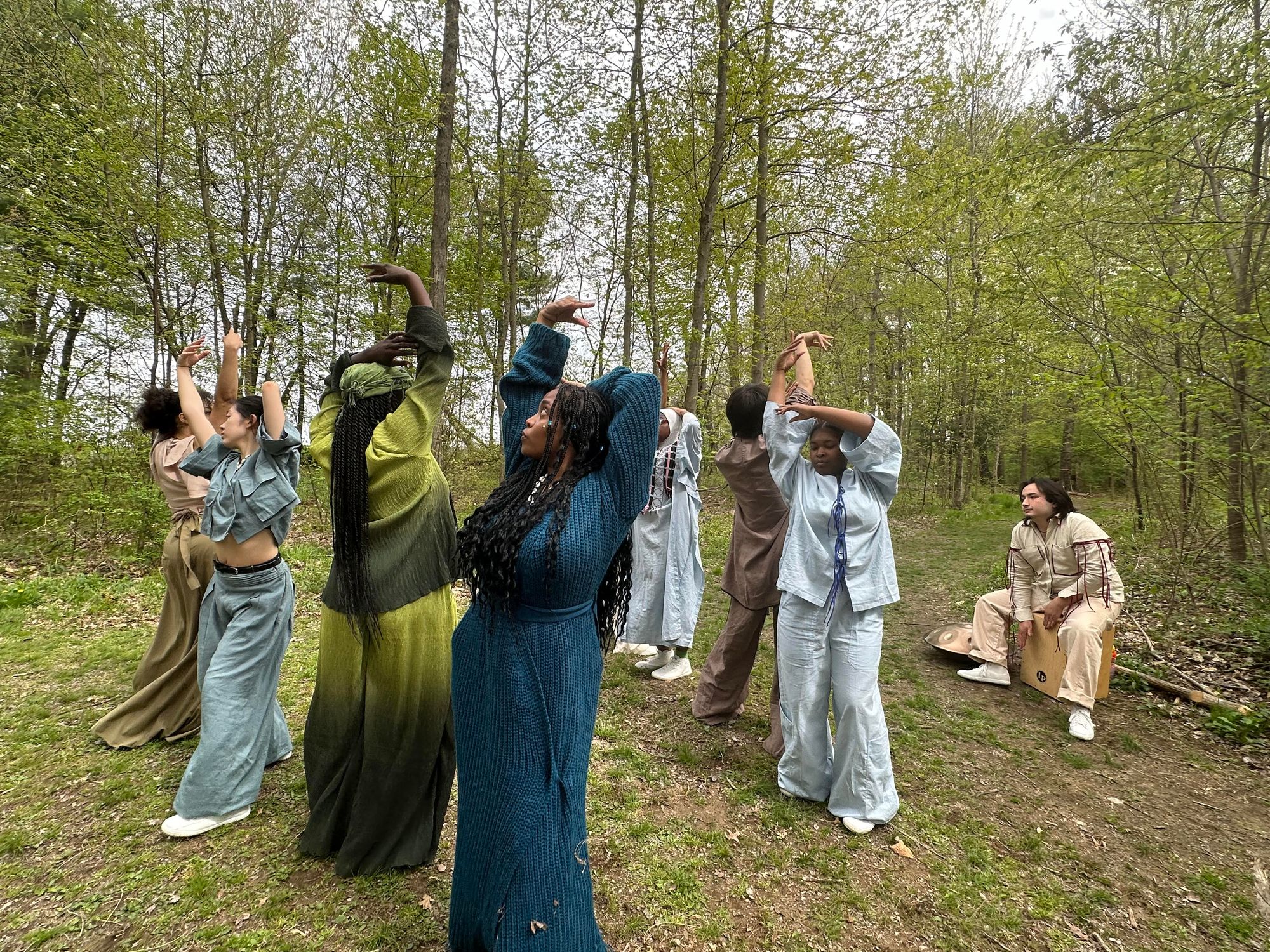
Afterwards, we emerged at the Book and Plow Farm, where Eniola greeted us. They encouraged us to plant a variety of seeds which are important to Black and Indigenous communities. Eniola asked us to consider our intentions while planting, and as I planted collard greens — one of my favorite dishes — I considered their importance to myself and generations of Black people who came before me. Eniola then led us forward in a solo dance to the pavilion, where the group joined for one final, collective dance.
Experiencing this thesis reminded me of my connection to nature and its significance to the experience of BIPOC communities. “My main intention was to remind the audience that we are not separate from nature,” said Eniola. The project very much accomplished this. As we drifted further away from campus and became immersed in the nature around us, we found a space away from the stress and standards of our college education. Eniola’s thesis allowed us to consider a future beyond what a white, capitalist society tries to impose on us.
Eniola was intentional about approaching the question of how to create new futures past the boundaries of what is expected. As they explained, “Meditating on the trajectory of the world right now, the future looks grim. But we can imagine alternative futures. This is what the future could be, where humans are reintegrated into the environment and we center the voices of Black and Indigenous folks.”
Throughout “Symbiotic Futures,” Eniola hoped to honor BIPOC individuals and their work of already living harmoniously with the environment. They wanted the audience to “remember that they are a part of nature too, that they are not separate. And that all it takes is a shift of mindset to realize that we have more power than society wants us to believe.”


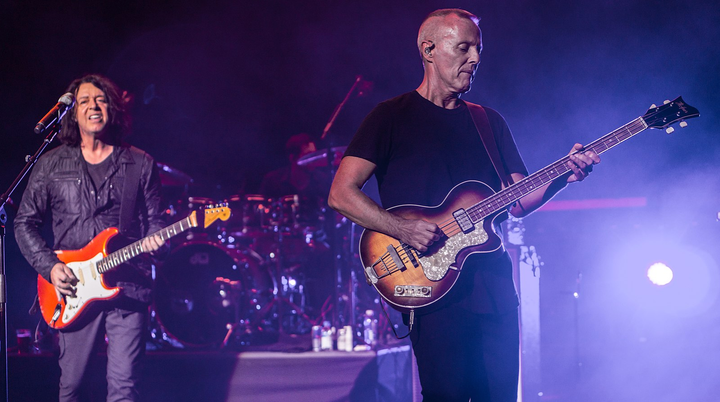
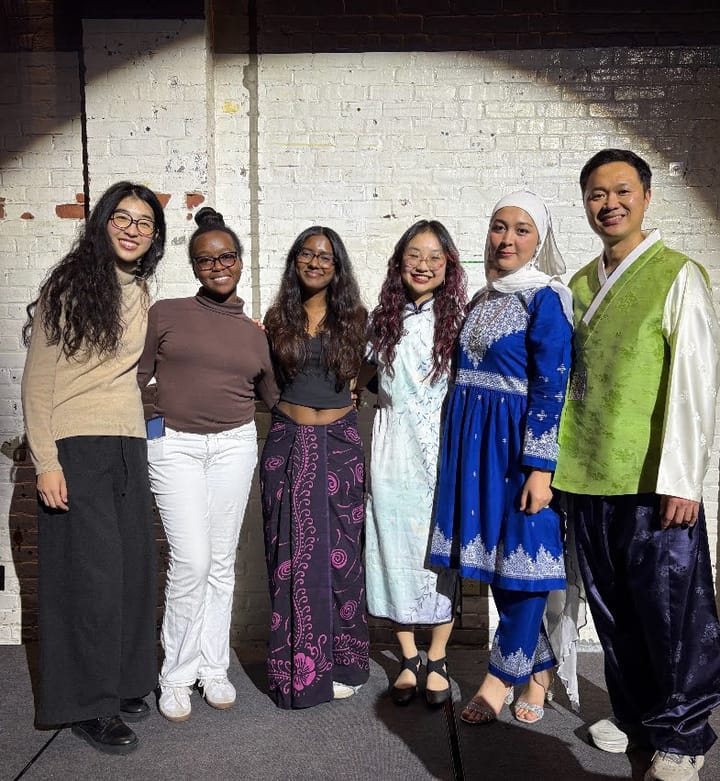
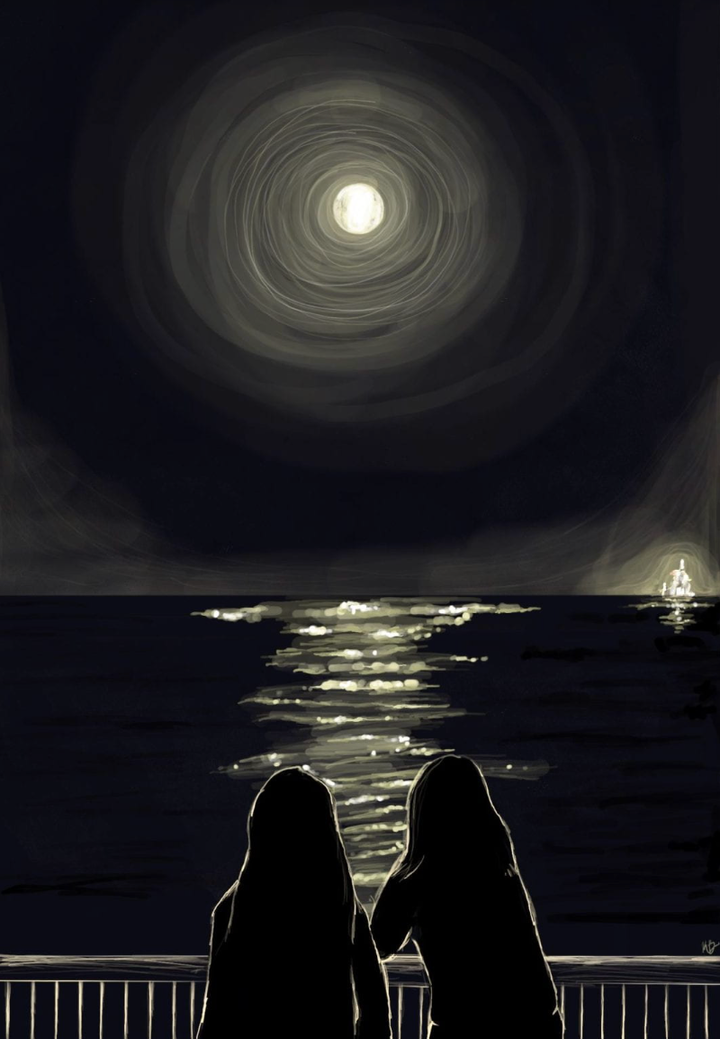
Comments ()